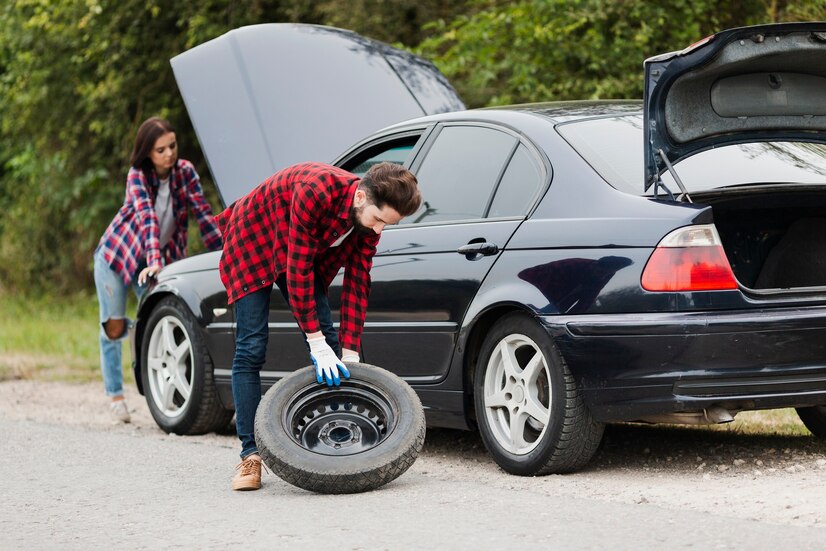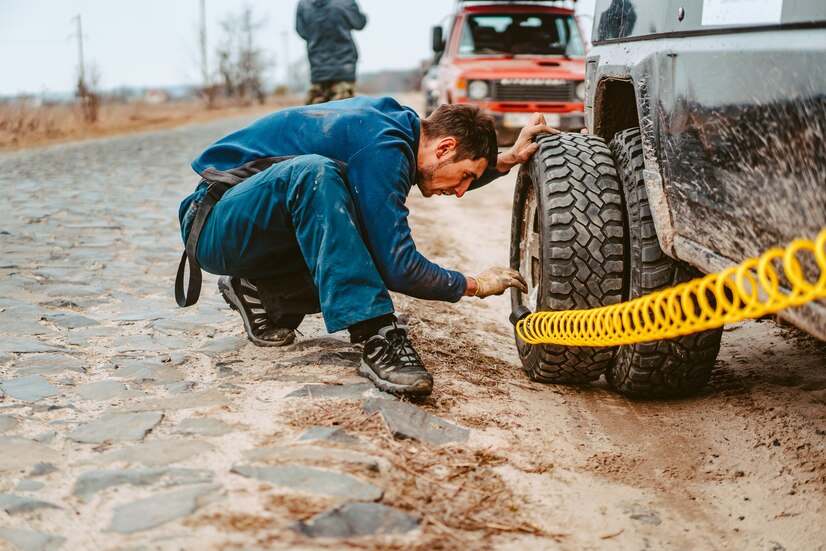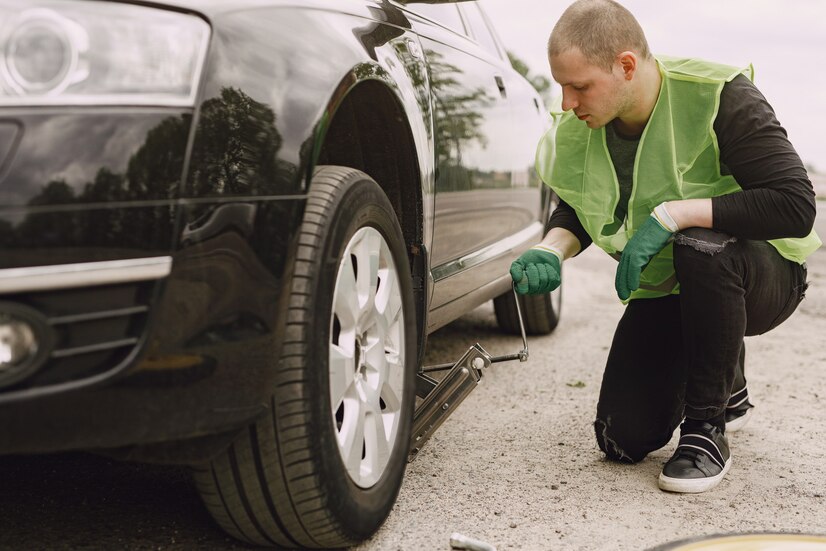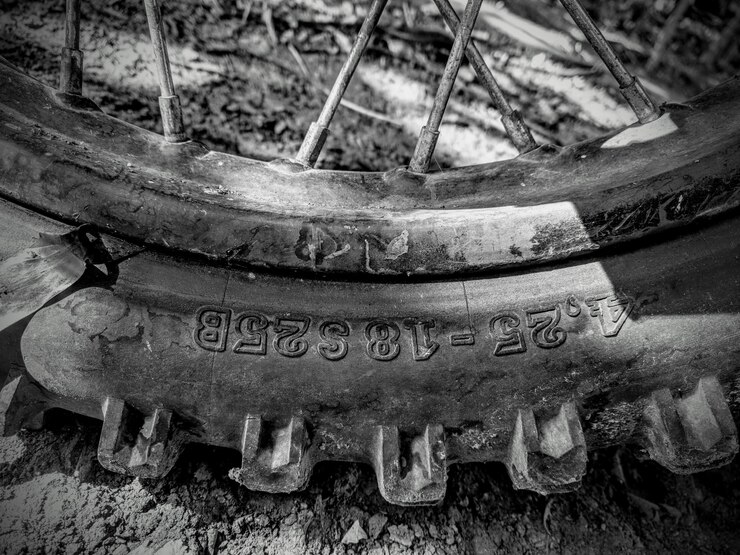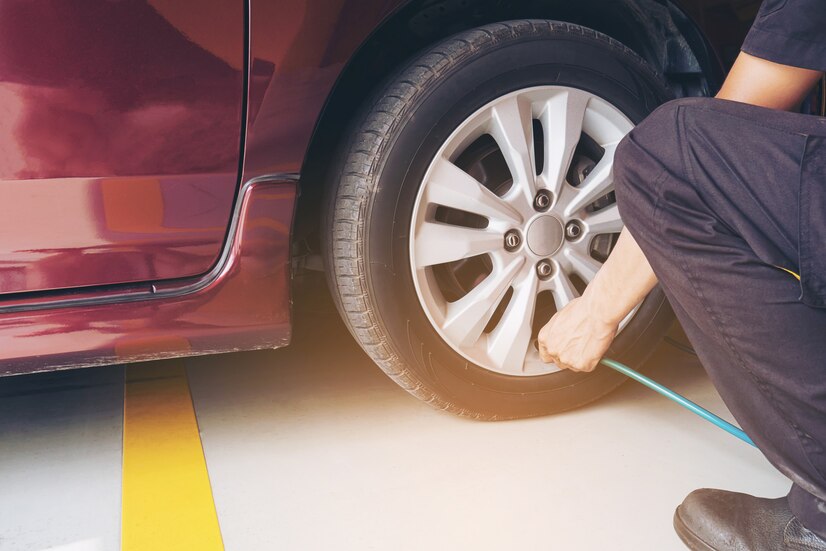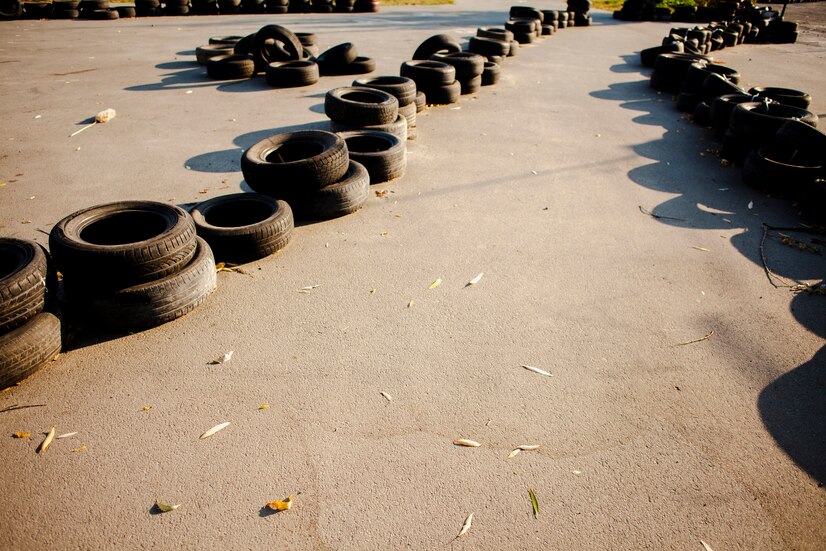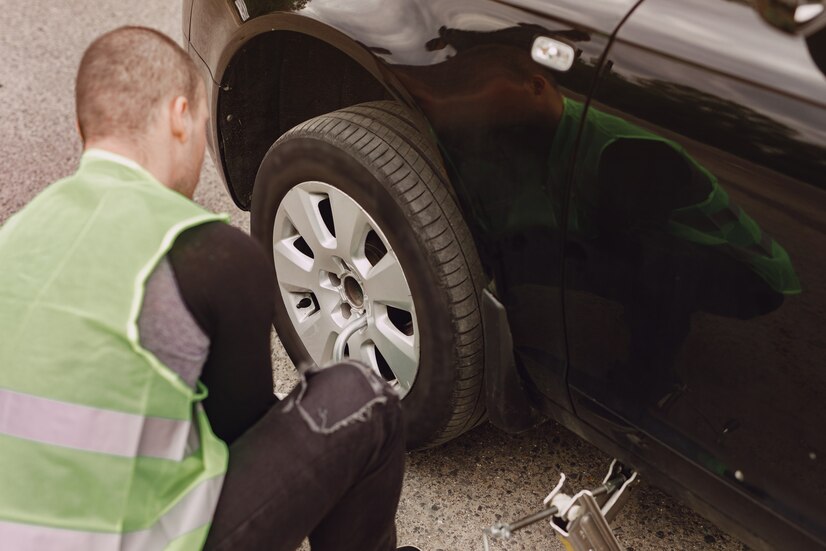6 Basic function's of a tyre
Nowadays, tyres and cars are very sophisticated. Drivers are at risk of forgetting that the tyres are a car’s only point of contact with the ground and that as a result they need to perform a certain number of functions such as steering, carrying the load, cushioning, rolling, transmitting derive and lasting.




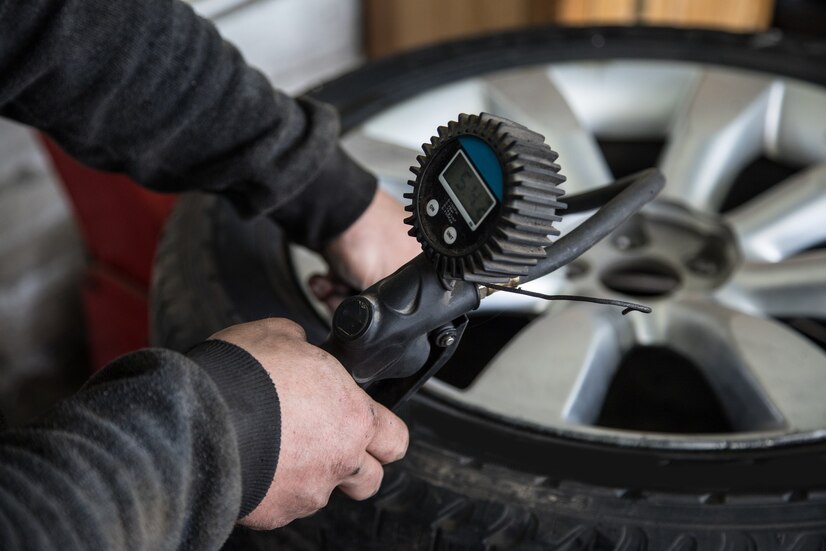
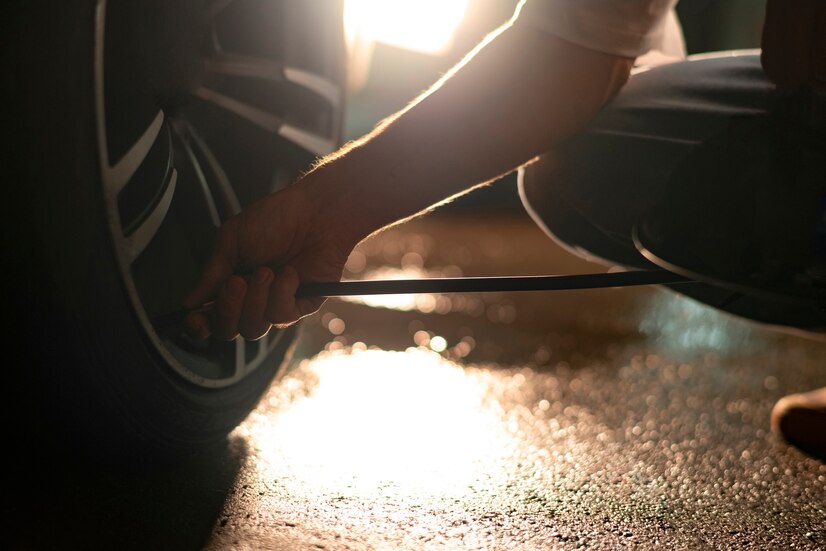
These 6 functions guarantee safety, comfort and economy.
They are provided during the entire lifetime of a tyre, but elementary precautions for use must be taken by the user. A tyre needs air to work and last. So it is vital to check tyre pressures regularly. In fact, a tyre loses its precious air, molecule by molecule, because of the natural (very slight) porosity of rubber. To this are often added accidental causes such as valves or rims no longer being completely airtight, small perforations in a tyre etc.
Pressure dictates all a tyre's functions: functions of safety, economy and comfort and incorrect pressure erode all these functions. A quick, regular check will greatly reduce this area of concern for the driver.
